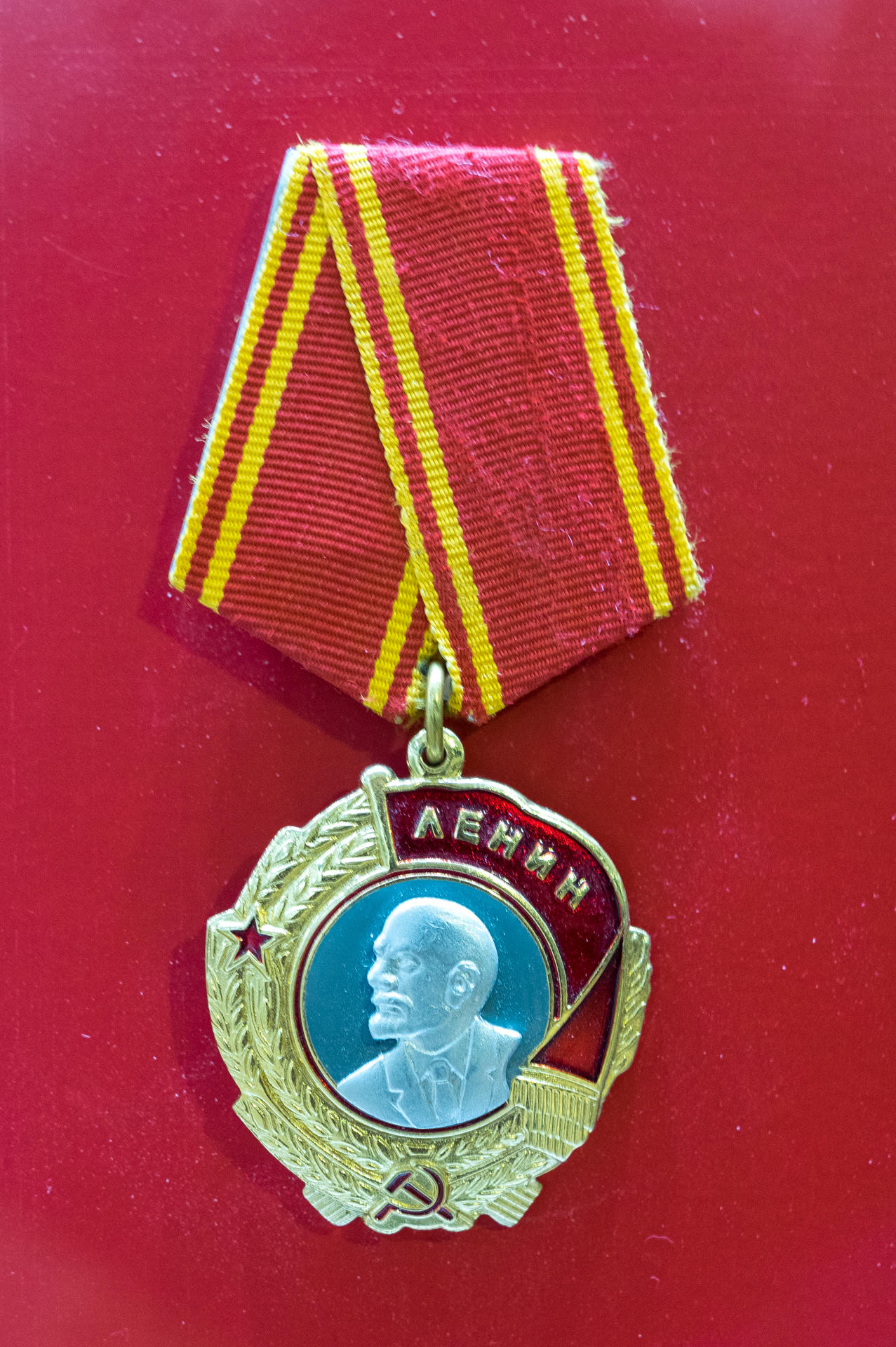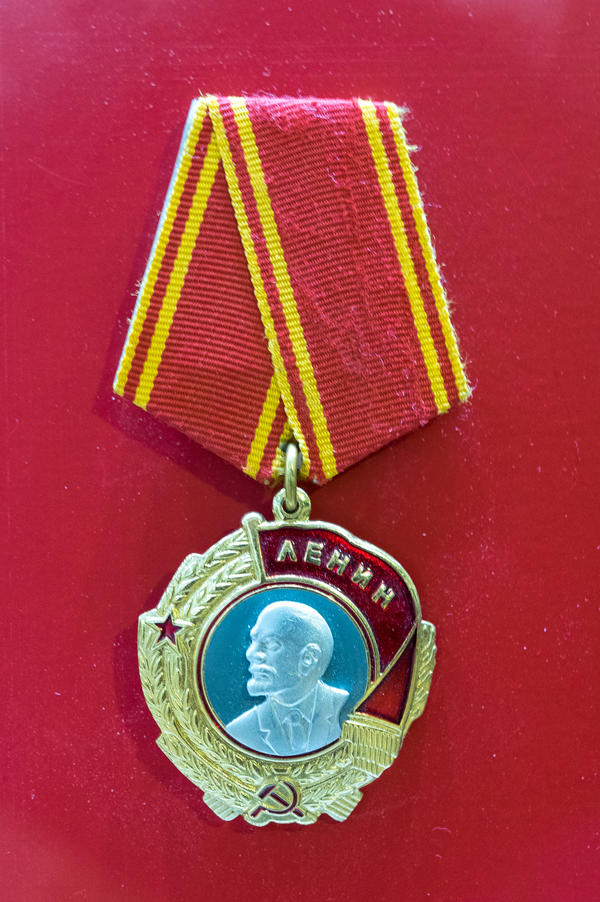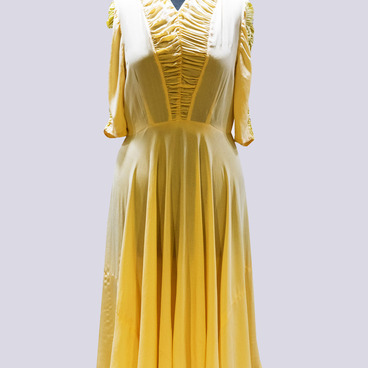The Order of Lenin, the highest state award of the Soviet Union, was awarded to Severodvinsk in accordance with the Decree of the Presidium of the Supreme Soviet of the USSR of February 15, 1983. Only 43 cities in the USSR were awarded the Order of Lenin. The decree stated that Severodvinsk is awarded ‘for the merits of the city workers during the Great Patriotic War and the successes achieved in economic and cultural development.’ On July 20, 1984, a solemn presentation of the order took place in the newly built building of the Severodvinsk Drama Theater. The Minister of Defense, Marshal of the Soviet Union, member of the Politburo of the Central Committee of the CPSU Dmitry Fedorovich Ustinov came to present the award.
Since the 1950s, the construction and repair of nuclear-powered submarines at urban enterprises was under the direct jurisdiction of the country’s Ministry of Defense. By the early 1980s, Severodvinsk had become the largest industrial center of the Soviet Union, and the city’s defense industry enterprises were the most modern and largest in the country. By that time, about 100 nuclear-powered submarines of the first and second generation had been built on the stocks of the Sevmash enterprise, and the construction of the third generation had begun. At the solemn meeting, in his welcoming speech, Dmitry Ustinov several times pronounced the words ‘city of shipbuilders’, ‘city of hereditary shipbuilders’.
It seems that these are simple words, but they played a big role in the ‘declassification’ of Severodvinsk, which for many years was a ‘closed’ city. For the first time it was officially and openly said what the enterprises of the city and its residents do — they build warships. Soon, political and economic transformations began in the country, but the factories of Severodvinsk managed to maintain their main profile.
In 1992, the Order of Lenin and the certificate of the Presidium of the Supreme Soviet of the USSR with the text of the decree on the awarding were transferred by the mayor of Severodvinsk, Valery Ignatievich Lyskov, for permanent storage at the Severodvinsk City Museum of Local Lore. In 2017, the image of the badge of the Order of Lenin was placed on the stele ‘Entrance Sign of the City’.
Since the 1950s, the construction and repair of nuclear-powered submarines at urban enterprises was under the direct jurisdiction of the country’s Ministry of Defense. By the early 1980s, Severodvinsk had become the largest industrial center of the Soviet Union, and the city’s defense industry enterprises were the most modern and largest in the country. By that time, about 100 nuclear-powered submarines of the first and second generation had been built on the stocks of the Sevmash enterprise, and the construction of the third generation had begun. At the solemn meeting, in his welcoming speech, Dmitry Ustinov several times pronounced the words ‘city of shipbuilders’, ‘city of hereditary shipbuilders’.
It seems that these are simple words, but they played a big role in the ‘declassification’ of Severodvinsk, which for many years was a ‘closed’ city. For the first time it was officially and openly said what the enterprises of the city and its residents do — they build warships. Soon, political and economic transformations began in the country, but the factories of Severodvinsk managed to maintain their main profile.
In 1992, the Order of Lenin and the certificate of the Presidium of the Supreme Soviet of the USSR with the text of the decree on the awarding were transferred by the mayor of Severodvinsk, Valery Ignatievich Lyskov, for permanent storage at the Severodvinsk City Museum of Local Lore. In 2017, the image of the badge of the Order of Lenin was placed on the stele ‘Entrance Sign of the City’.



